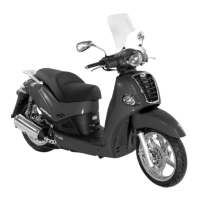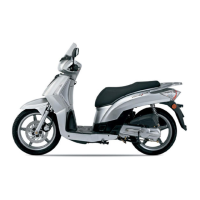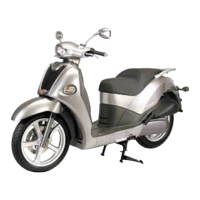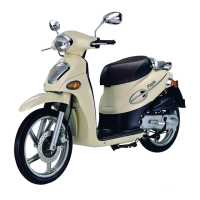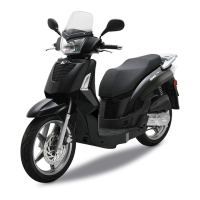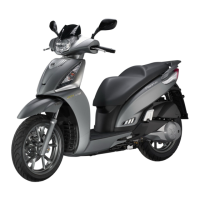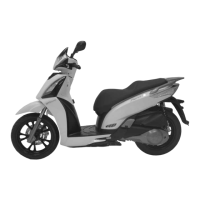How to troubleshoot a KYMCO PEOPLE 250 that won't start?
- RRegina FieldsJul 31, 2025
If your KYMCO Scooter engine won't start or is hard to start, begin by checking if fuel is reaching the carburetor by loosening the drain screw. Next, remove the spark plug, install it into the spark plug cap, and test for a spark by connecting it to the engine ground. Finally, test the cylinder compression.
